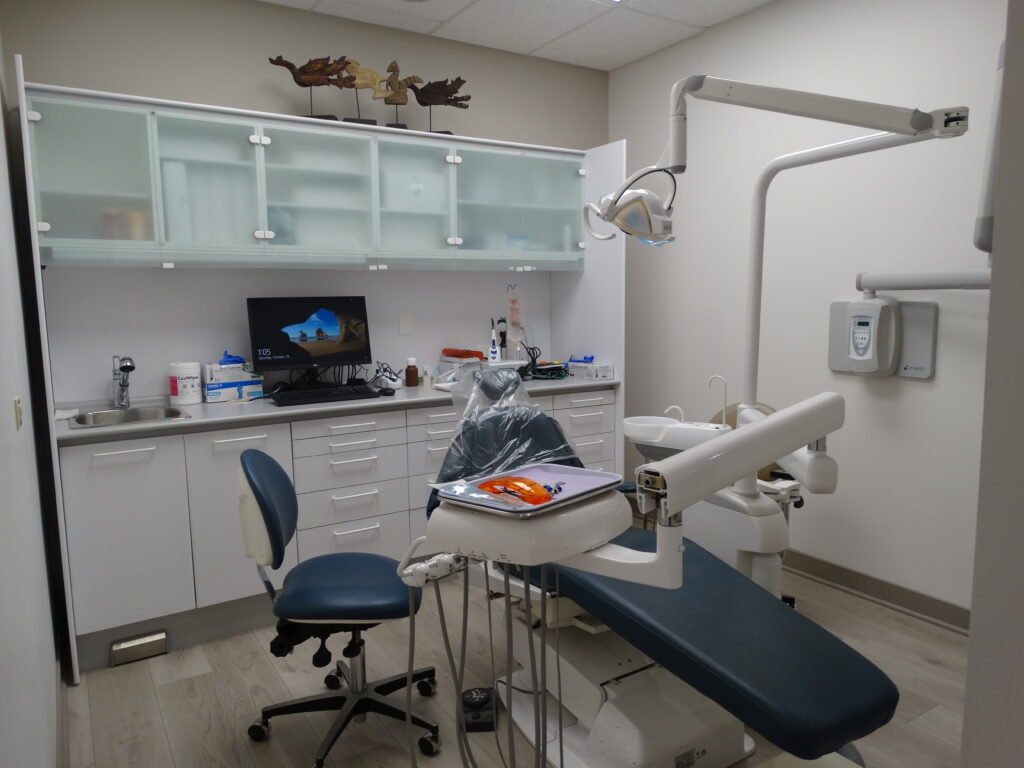Navigating Healthcare Construction: A Comprehensive Guide to Hiring Contractors
Introduction: As healthcare practices evolve towards value-based models, the design and construction of healthcare facilities must adapt to support patient outcomes and population health management. This guide provides essential insights into successfully hiring contractors for healthcare construction, whether you're building a new hospital, renovating an existing one, or establishing a clinic.
1.
Key Elements for a Successful Healthcare Project:
In the shifting landscape of
healthcare construction, success hinges on several key elements:

2.
Preliminary Research and Documentation:
Before construction begins, conduct thorough preliminary research. This includes on-site inspections to identify electrical utilities, plumbing, and potential hazards like lead paint or asbestos. Collaboration with the hospital's infection control team is crucial to align construction plans with patient care and experience goals.

3.
Planning for Infection Control:
Effective planning involves collaboration between construction and hospital teams to assess infection control risks comprehensively. Key considerations include project scope, air monitoring, filtration plans, personal protective equipment, temporary walls, daily documentation, and final cleaning. The Interim Life Safety Plan (ILSP) is a critical document that outlines emergency exits, wall ratings, temporary fence locations, and planned utility interruptions.

4.
Effective Communication:
Ensure smooth communication by informing subcontractors about infection control and noise regulations, updating hospital staff on temporary changes, and clarifying the impact of the project on patients, staff, and visitors. Clear communication regarding utility service interruptions is vital, and training the construction crew on safety protocols is essential.

5.
Ongoing Monitoring:
Maintaining control over a construction project requires continuous
monitoring. Key aspects to keep an eye on include:

6.
Record-Keeping for Closeout:
Upon project completion, meticulous record-keeping
ensures compliance with regulatory requirements. Essential documents for closeout
include:




